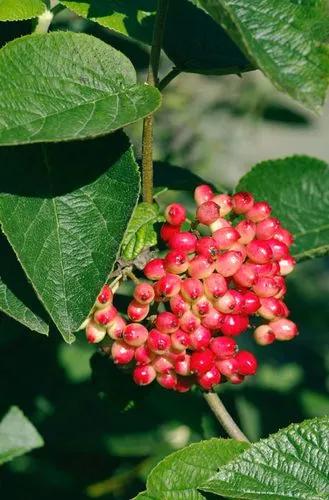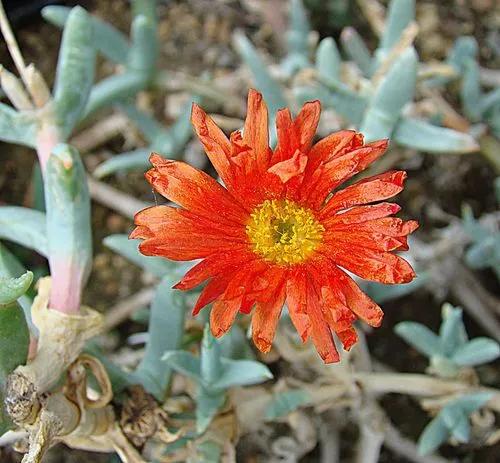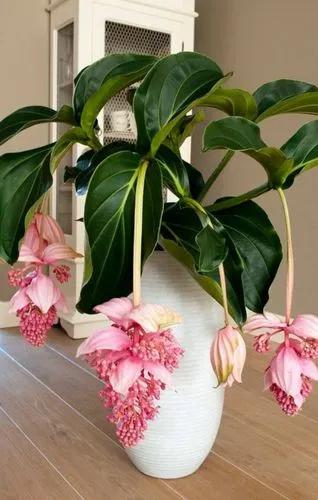Tulips form a genus of spring-blooming perennial herbaceous bulbiferous geophytes. The flowers are usually large, showy and brightly colored. They often have a different colored blotch at the base of the tepals, internally.
Tulip Care
Tulipa gesneriana



The tulip is a member of the lily family, Liliaceae, along with 14 other genera, where it is most closely related to Amana, Erythronium and Gagea in the tribe Lilieae. There are about 75 species. The name "tulip" is thought to be derived from a Persian word for turban, which it may have been thought to resemble. Tulips originally were found in a band stretching from Southern Europe to Central Asia, but since the seventeenth century have become widely naturalised and cultivated. In their natural state they are adapted to steppes and mountainous areas with temperate climates. Flowering in the spring, they become dormant in the summer once the flowers and leaves die back, emerging above ground as a shoot from the underground bulb in early spring.
How to Care for the Plant

Water

Watering tulip bulbs in pots is a little different. Plants in containers dry out much faster than those in a ground and need more frequent watering, and tulip plant watering is no different. You don't want your tulips to stand in water and still want to make sure your container drains well, but you will have to water occasionally.

Pruning

Use sharp pruning shears to remove the sucker branches and the errant branches that are growing in the wrong direction or making it difficult to fertilize the tree. Since lemon cypress has a conical habit, trim the tree as per its natural shape. Trimming should be done every week during the summer.

Fertilizer

When it comes to fertilizers, you want to avoid over-fertilizing (just like an overdose of vitamins isn't great for us, either). Less is more, so it’s important to follow what the package says for application amounts.

Sunlight

This plant needs a lot of sunlight, but it has to be protected from the strongest rays of the sun.

Soil

Most often planting instructions will suggest planting in loam soil. Loam soil should be rich in minerals and nutrients for the plants and loose enough that roots and spread out and grow strong.

Temperature

In colder northern climates, plant the bulbs in September or October when the average nighttime temperatures in your area are in the 40- to 50°F area. In warmer climates, plant bulbs in December (or even later). In spring, tulip bulbs in the ground begin to sprout when the outside temperature reaches 60°F and grow leaves and then flowers when temperatures get to about 68°F.

Container

Use a ceramic porous pot with a good drainage.

Popularity

24,425 people already have this plant 3,101 people have added this plant to their wishlists
Discover more plants with the list below
Related articles






